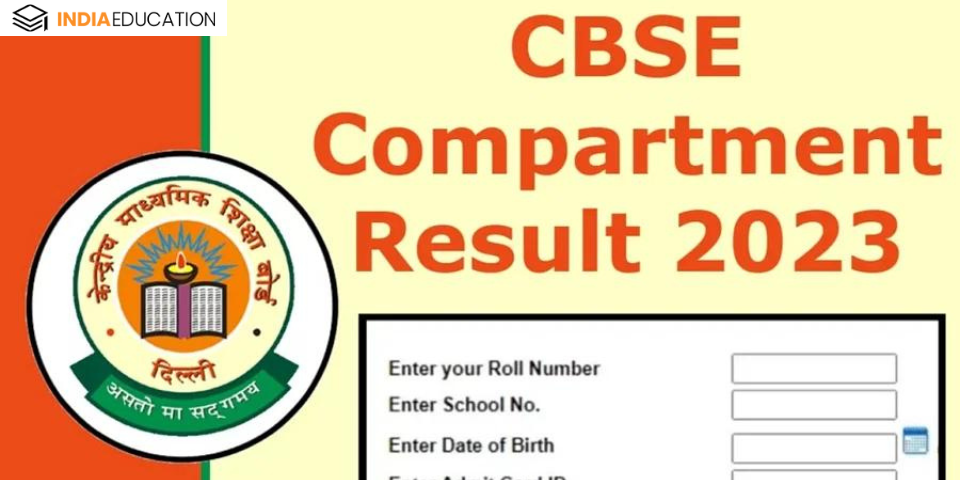

- Home »
- AIEEE »
- Mathematics Syllabus I »
AIEEE Mathematics Syllabus I
isha jyala
This page lists the detailed AIEEE Mathematics Syllabus 2012. The AIEEE Mathematics Syllabus of Units 1-10 are given here which includes Sets, Relations and Functions, Matrices, and permutation and combination.
AIEEE Mathematics Syllabus 2012 Units 1-10
UNIT 1: SETS, RELATIONS AND FUNCTIONS:
Sets and their representation, Union, intersection and complement of sets and their algebraic properties, Power set, Relation, Types of relations, equivalence relations, function, one-one, into and onto function, composition of functions.
UNIT 2: COMPLEX NUMBERS AND QUADRATIC EQUATIONS:
Complex numbers as ordered pairs of reals, Representation of complex numbers in the form a+ib and their representation in a plane, Argand diagram, algebra of complex numbers, modulus and argument (or amplitude) of a complex number, square root of a complex number, triangle inequality, Quadratic equations in real and complex number system and their solutions. Relation between roots and co-efficients, nature of roots, formation of quadratic equations with given roots.
UNIT 3: MATRICES AND DETERMINANTS:
Matrices, algebra of matrices, types of matrices, determinants and matrices of order two and three. Properties of determinants, evaluation of determinants, area of triangles using determinants. Adjoint and evaluation of inverse of a square matrix using determinants and elementary transformations, Test of consistency and solution of simultaneous linear equations in two or three variables using determinants and matrices.
UNIT 4: PERMUTATIONS AND COMBINATIONS:
Fundamental principle of counting, permutation as an arrangement and combination as selection, Meaning of P (n,r) and C (n,r), simple applications.
UNIT 5: MATHEMATICAL INDUCTION:
Principle of Mathematical Induction and its simple applications.
UNIT 6: BINOMIAL THEOREM AND ITS SIMPLE APPLICATIONS:
Binomial theorem for a positive integral index, general term and middle term, properties of Binomial coefficients and simple applications.
UNIT 7: SEQUENCES AND SERIES:
Arithmetic and Geometric progressions, insertion of arithmetic, geometric means between two given numbers. Relation between A.M. and G.M. Sum upto n terms of special series: Sn, Sn2, Sn3. Arithmetico – Geometric progression.
UNIT 8: LIMIT, CONTINUITY AND DIFFERENTIABILITY:
Real – valued functions, algebra of functions, polynomials, rational, trigonometric, logarithmic and exponential functions, inverse functions. Graphs of simple functions. Limits, continuity and differentiability. Differentiation of the sum, difference, product and quotient of two functions. Differentiation of trigonometric, inverse trigonometric, logarithmic, exponential, composite and implicit functions; derivatives of order upto two. Rolle’s and Lagrange’s Mean Value Theorems. Applications of derivatives: Rate of change of quantities, monotonic – increasing and decreasingfunctions, Maxima and minima of functions of one variable, tangents and normals.
UNIT 9: INTEGRAL CALCULUS:
Integral as an anti – derivative. Fundamental integrals involving algebraic, trigonometric, exponential and logarithmic functions. Integration by substitution, by parts and by partial fractions. Integration using trigonometric identities.
Evaluation of simple integrals of the type

UNIT 10: Differential Equations:
Ordinary differential equations, their order and degree. Formation of differential equations. Solution of differential equations by the method of separation of variables, solution of homogeneous and linear differential equations of the type:
dy
— + p (x) y = q (x)
dx
| PHYSICS – I PHYSICS – II | MATHEMATICS – I MATHEMATICS – II | APTITUDE TEST |
Related Articles
Related Links
Latest News
People Reading Now

CBSE Compartment Result 2023 OUT: Click For Direct Link



CSAB 2023: Special Round Registration Begins Today



